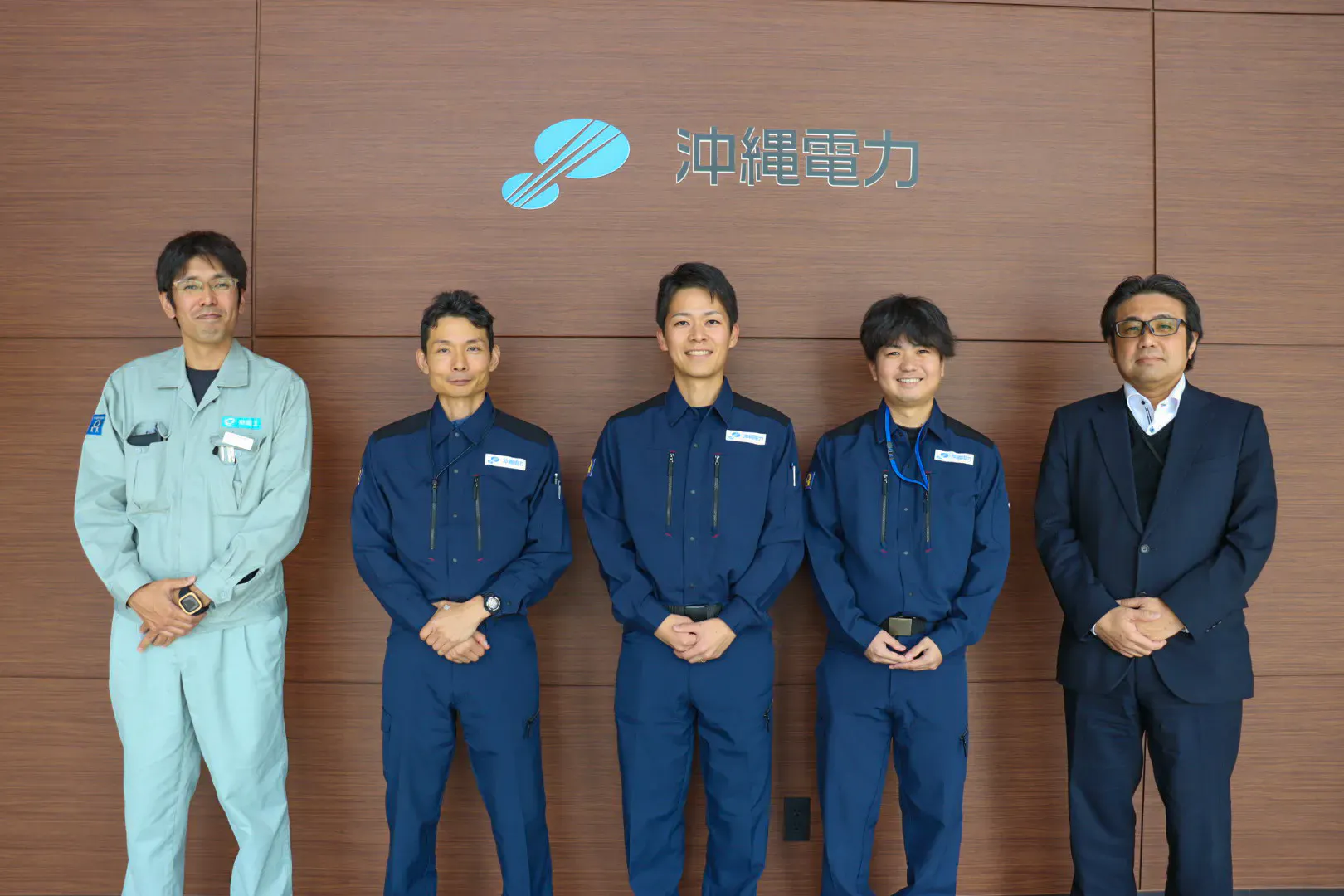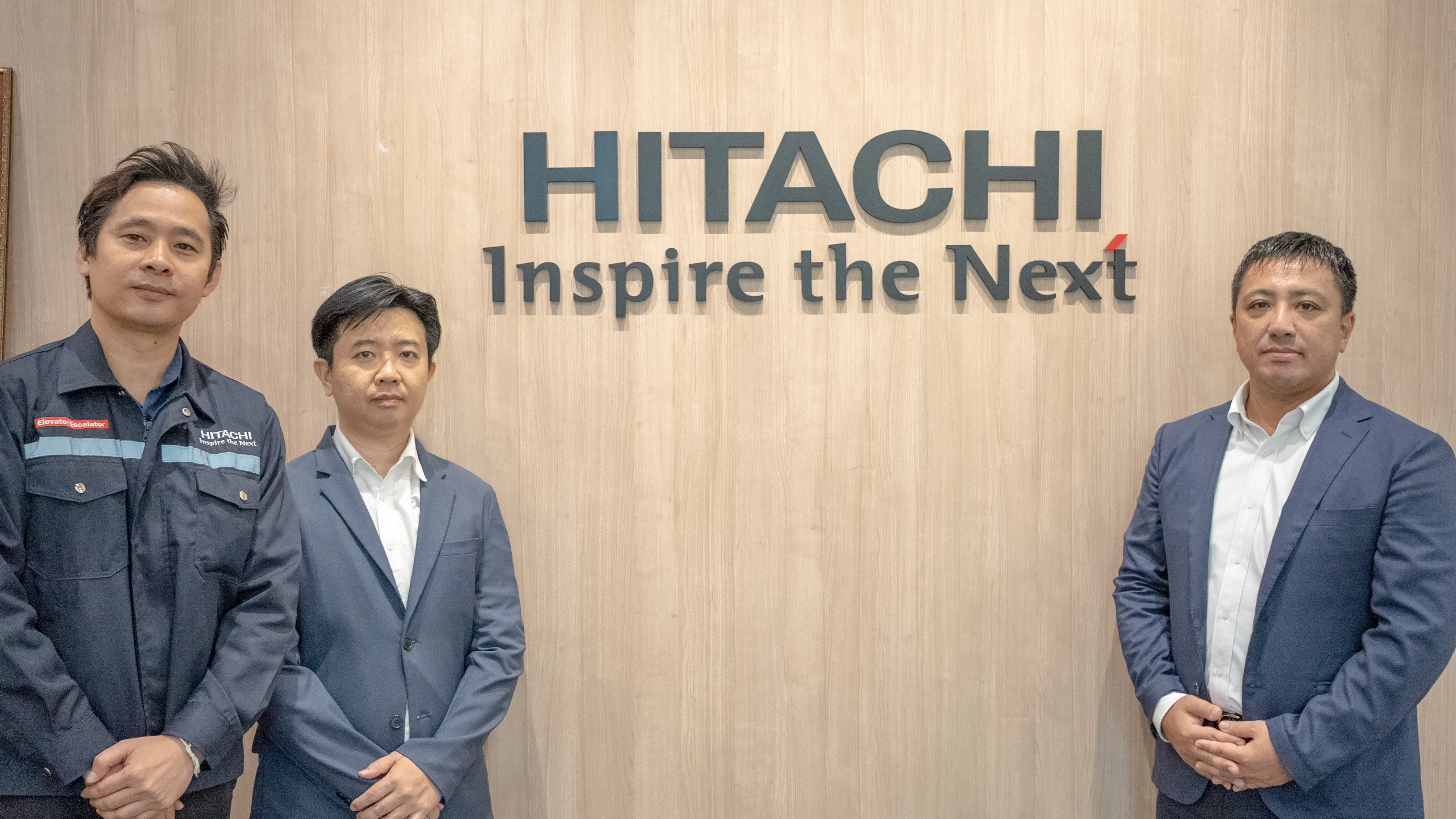ITOKI CORPORATION
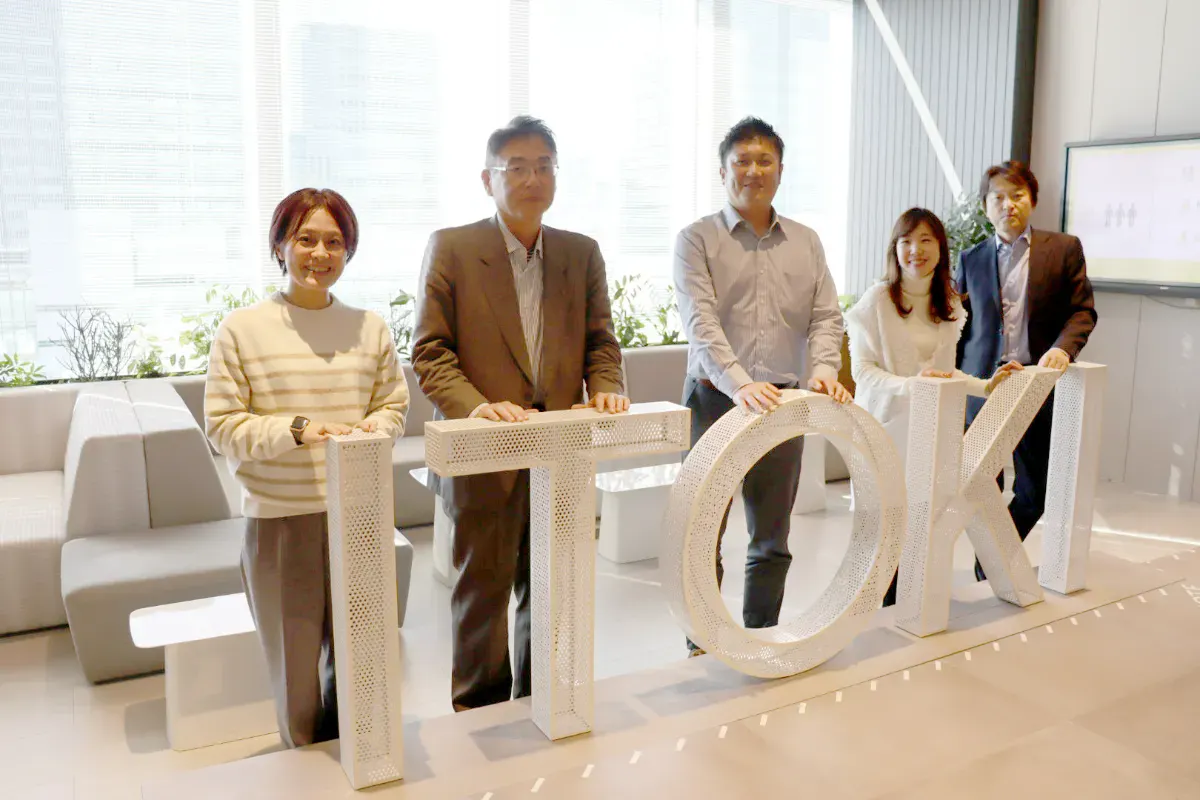

Company Name
ITOKI CORPORATION
Number of Employees
1,996
Business Activities
Office furniture sales, logistics management, delivery services, and office construction
Utilization Services
ITOKI CORPORATION is a distributor of office furniture, logistics management, and interior design and construction services.
It is a company that focuses on creating diverse spaces and environments in every area, from office workspaces to public areas and specialized zones to general spaces. Its services extend beyond space management, encompassing importation, delivery of
goods and providing swift and attentive service in these aspects.
Background and Effects of KANNA Implementation
課題
(1) Information was being shared with delivery companies via paper and fax making it difficult to communicate in real time.
(2) Drivers were under a heavy workload and the company wanted to increase productivity in delivery operations.
導入の決め手
To digitalize the means of information communication related to logistics, to realize accurate and speedy sharing, and to establish an efficient operation system.
効果・改善
(1) All personnel involved in logistics can now use KANNA to check the latest information on deliveries and deliveries at any time and can expect a reduction in lead time when problems occur.
(2) Because it is a smartphone application, it reduces the administrative workload of drivers and other delivery personnel. And allows them to make effective use of their travel time.
Person interviewed

Mr.Takayuki Kakuno: General Manager (Tokyo Base), Logistics Department, Engineering Management Division
Ms.Nanako Iwase: Logistics Procurement Section, Procurement Department, Engineering Management Division, Digital Business Department, DX Management Division, Business Reform Section 3
-Tell us about the business of ITOKI CORPORATION.
Two new logistics bases opened to address an impending logistics problem.
Ms.Iwase: At Itoki, we are developing our business around three core businesses the workplace business.
The equipment and public business and IT sharing business. Of these the workplace business which designs office spaces and other places where people work accounts for about 70% of our sales. In the equipment and public business, we are also involved in automated warehouse logistics systems and art display cases.
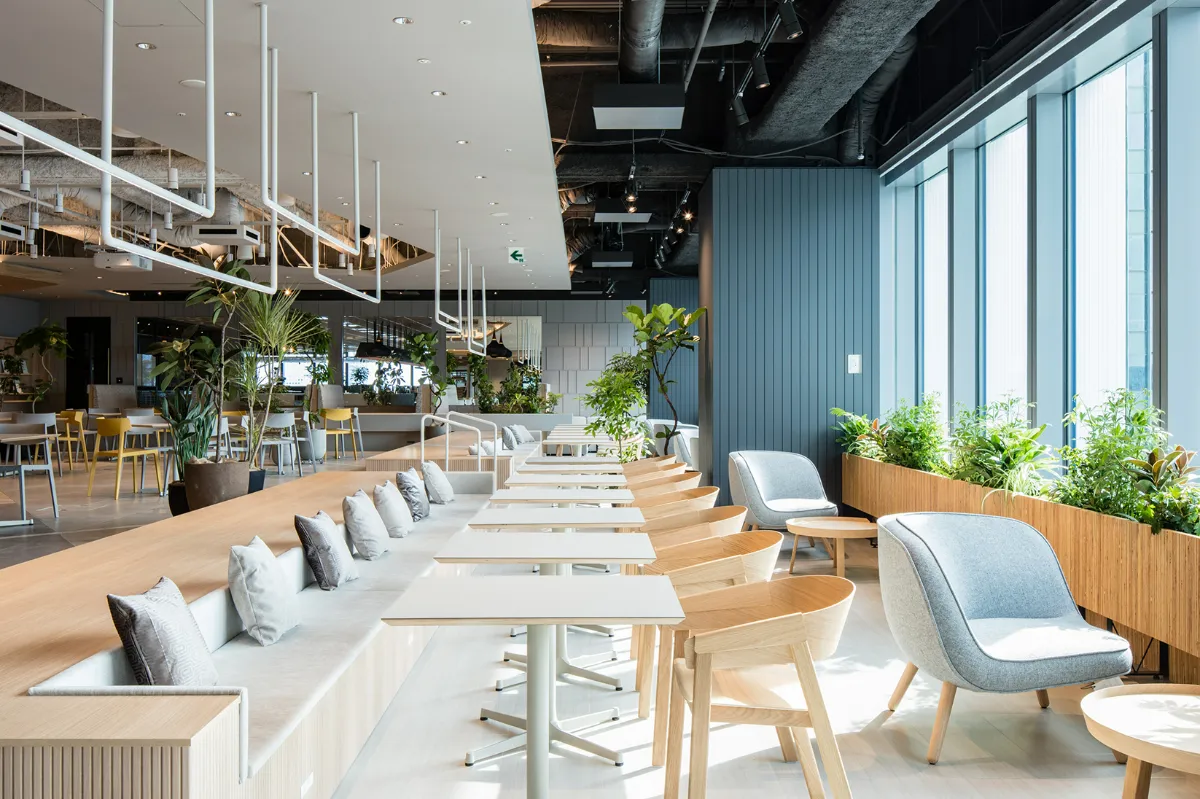
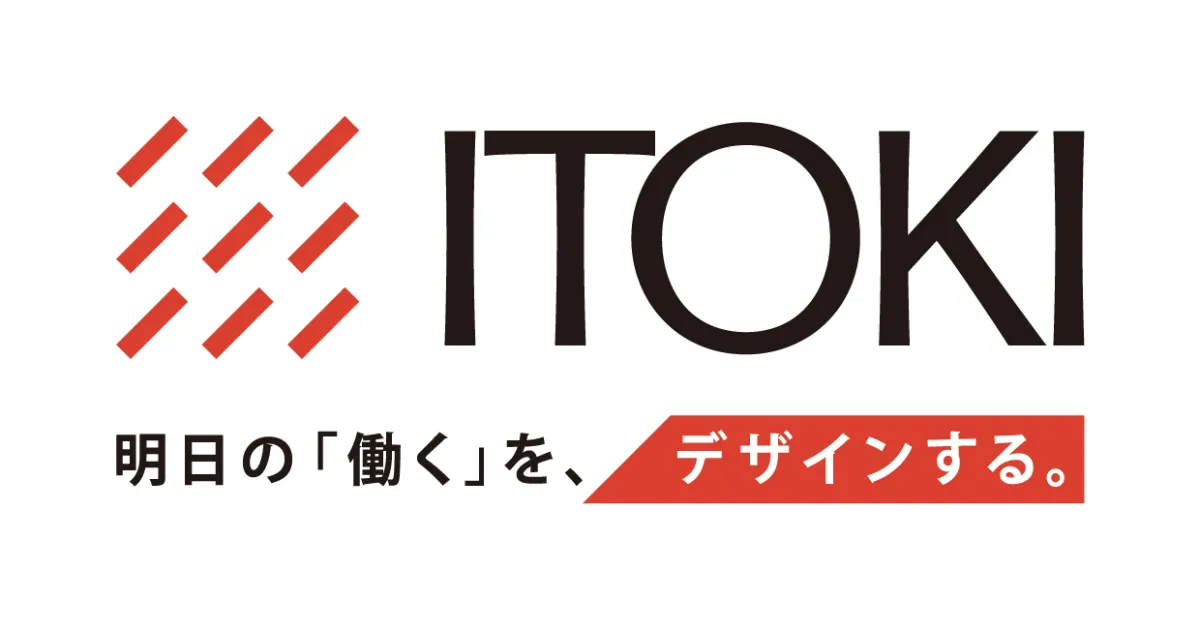
- Which business is introducing KANNA?
Mr.Kakuno: To design a "place of work", We need all kinds of fixtures to create an environment. Therefore, we introduced "KANNA" to our logistics department for transporting fixtures. To deliver our products promptly to customers throughout Japan. We have established several logistics bases in Japan, Including the newly established. "ITOKI Tokyo Logistics Center" in Soka City Saitama Prefecture and "ITOKI Tokyo BASE" in Koto-ku Tokyo. Which were constructed in the summer and fall of 2023.
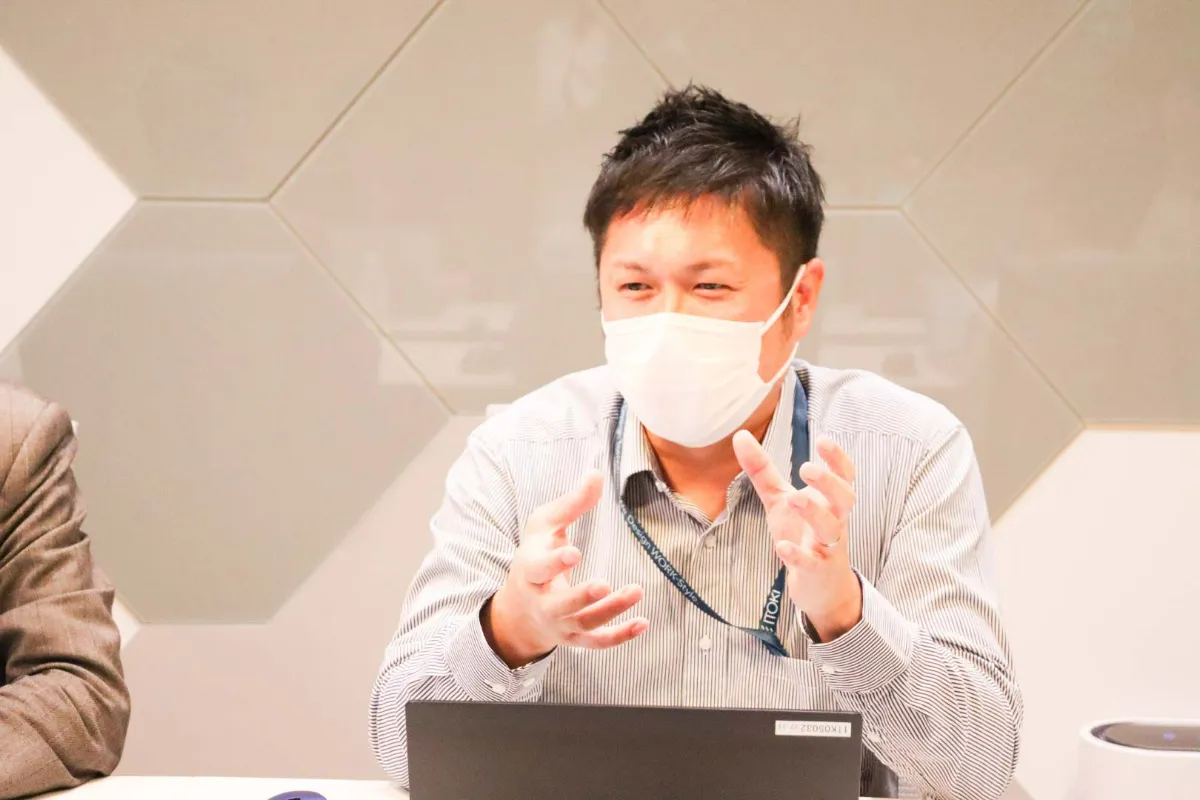
Our logistics is supported by delivery companies in various regions. However, the logistics industry is now at a major crossroads. As part of the Workplace Reform Bill, drivers will be limited to 960 hours of overtime work per year from
April 2024. So, this is the "2024 logistics problem" in the logistics industry. The reason we have opened two new logistics bases is to restructure the supply network in the Tokyo metropolitan area and respond to the "2024 logistics problem".
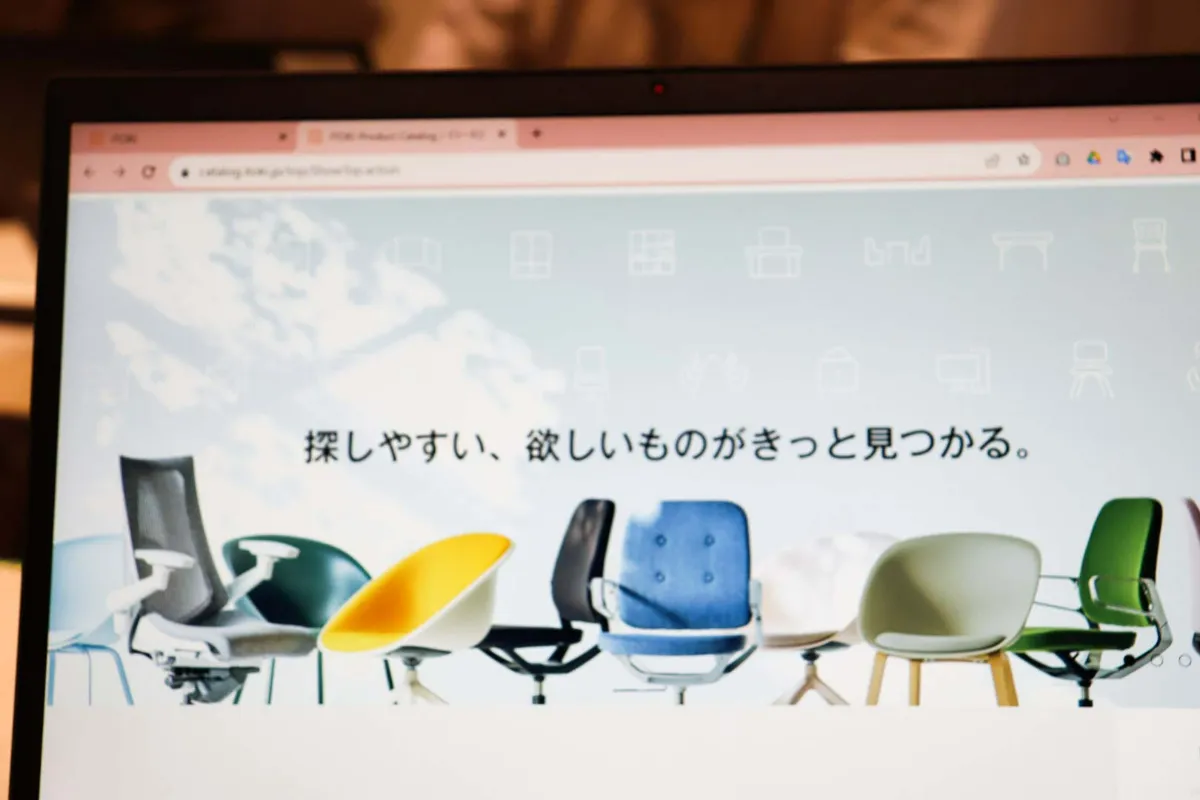
-What were some of the issues behind the introduction of KANNA as you are trying to respond to the "2024 logistics problem"?
Ms.Iwase: As Kakuno mentioned, our logistics is supported by delivery companies in various regions. While it is our sales department that deals with the customers to whom we deliver our products, it is the outside subcontractors who transport the products and do the installation work to build the working space. However, due to the large number of people involved. There were cases where there were delays in sharing the latest information.
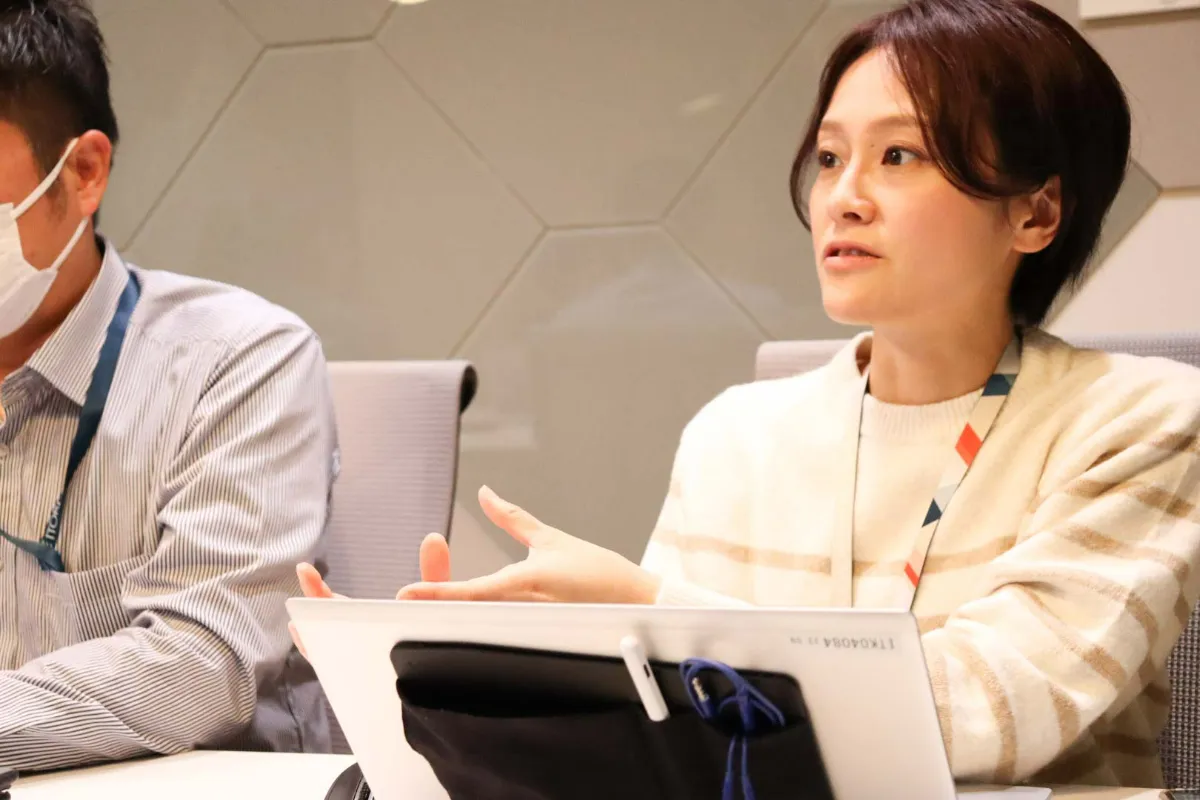
How should the fixtures be arranged to design the working space? It is not unusual for last-minute changes to occur in the layout. Before the introduction of KANNA, information was basically shared by paper, fax, and telephone, with the staff having to return to the office to check on the status. We also used the same method for sharing "Anomaly reports" which are situations in which it was difficult to install the equipment as per the drawings or the situation differed from what was shared at the site.
The latest information and reports of abnormalities are written on a form and faxed, which is then shared with delivery companies and drivers who are in charge of transportation. However, the paper-based message game makes it difficult to share information in a timely manner.
To solve this problem, we thought it would be appropriate to use digital power. This was the issue behind the introduction of KANNA and the purpose of its introduction.
-KANNA is highly customizable and was born out of the real experience onsite.
The company wanted to switch from fax to digital communication for the timely sharing of information. Why did you choose KANNA for this purpose?
Ms.Iwase: At first, we were thinking of applying the system we were already using for internal information sharing. However, since we assumed that people outside the company would also use the system for logistics, we began to consider outside solutions. We compared several similar services and focused on KANNA because of a webinar attended by Mr.Hikaru Nagahama, the representative of ALDAGRAM INC., the provider of KANNA.
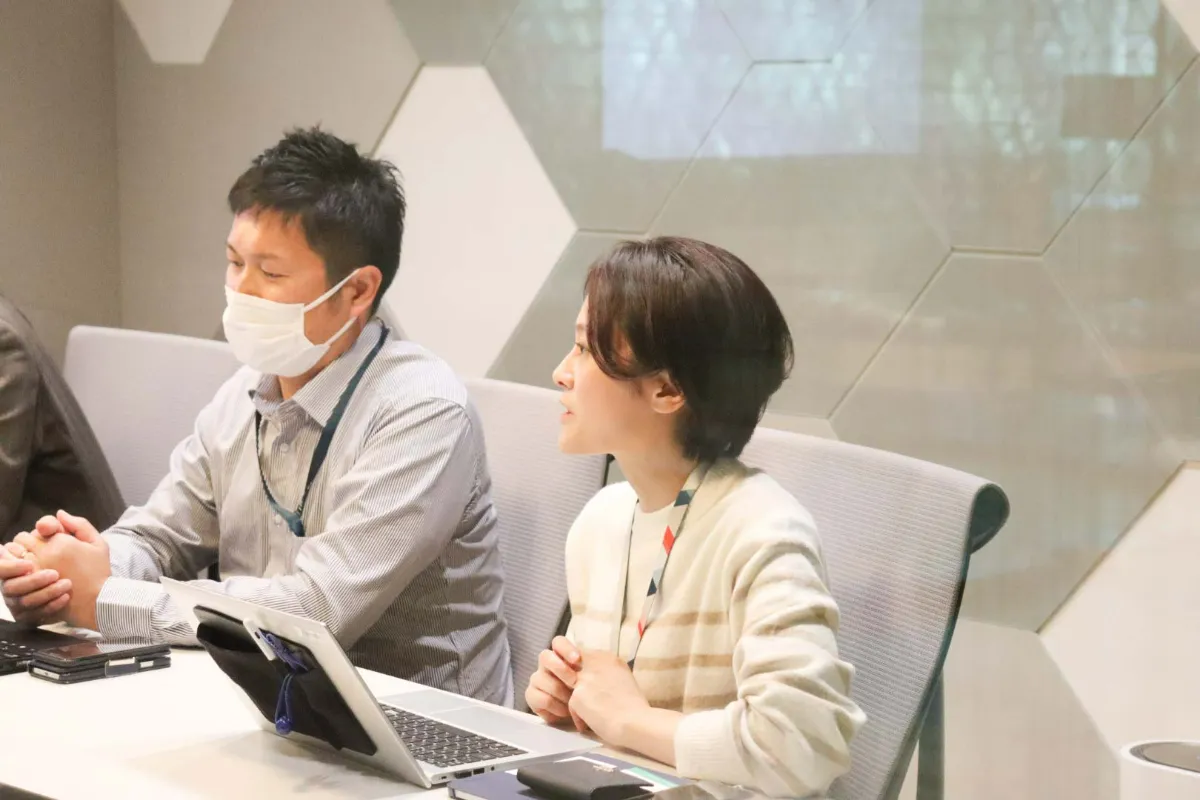
During the webinar, Mr.Nagahama said that he had worked part-time at a construction site when he was a student, and that the inefficiency of paper-based information sharing that he witnessed during that time became the cornerstone of KANNA development. When we requested information on KANNA, we found that it was easy to use even for those who were not familiar with digital technology, and that a free trial was available. Furthermore, since KANNA offers an app as well as a web browser, it can also be used on smartphones and tablets. And the biggest deciding factor was the high degree of customizability.
For example, if we wanted to change the progress status items to suit our company. KANNA can be customized in-house, with no code, without having to go through vendor coordination. This would speed up the implementation process by far. We need to respond quickly to logistics-related issues in the face of the "2024 logistics problem" that is fast approaching. KANNA's high level of customizability means that it can be arranged to meet the needs of each company on its own, without the need for specialized skills or knowledge. I think this is the strength of KANNA.
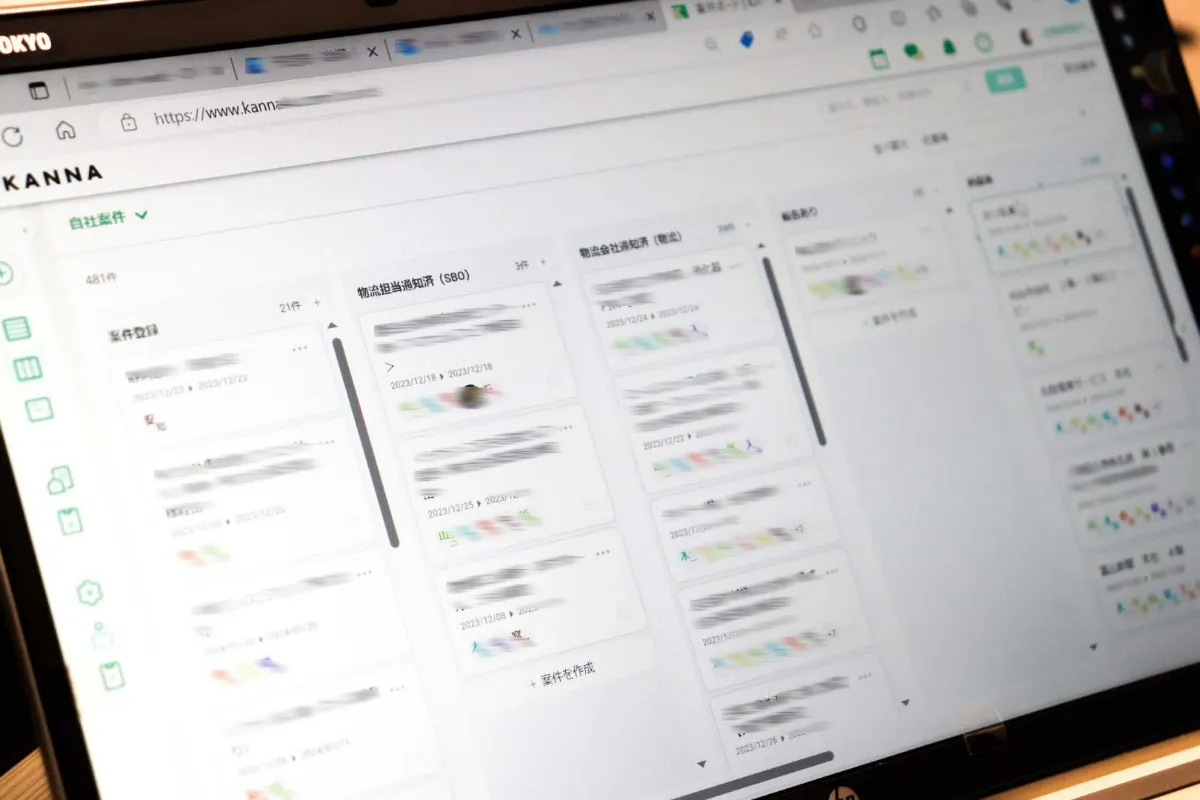
Ms.Iwase uses KANNA on her PC, tablet, and smartphone.
Checking the "Project board" of KANNA to grasp the "Progress status" of multiple delivery plans at a glance.
(this screen shot is an actual picture)
-KANNA was introduced with the assumption that it would be used by outside subcontractors as well.
What was the reaction of your partner companies when you switched from paper to digital information transmission?
Mr.Kakuno: As mentioned in the "2024 logistics problem", there are many elderly people working in the logistics industry. Because of this, there were some people who were reluctant to switch to digital tools. However as can be easily understood by using social networking services or game applications as examples, you get used to any tool as you use it. Therefore, before full-scale operation, we started the implementation by saying "Let's try it together first".
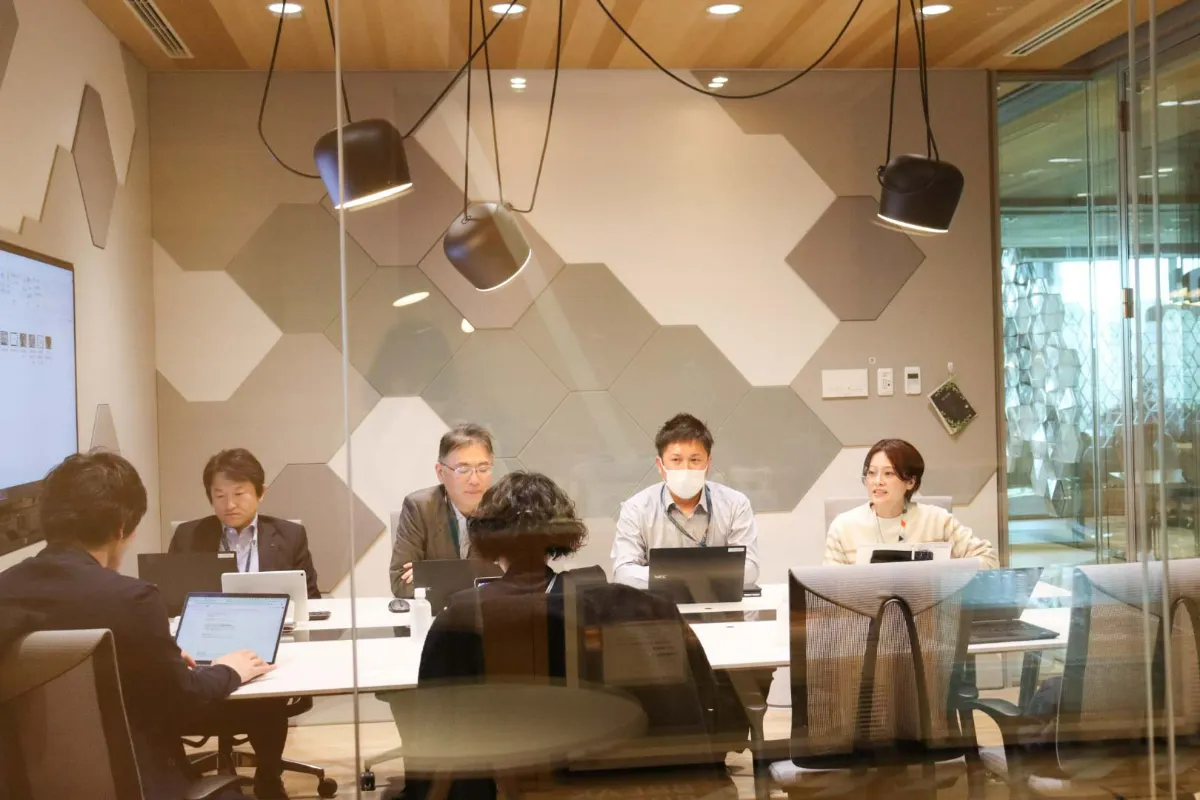
The interview was conducted by 5 members of the Logistics Department, Engineering Management Division.
Itoki's headquarters, which designs "places to work," has a stylish conference room with comfortable lighting,
room temperature, sound, and even aroma.
This is the same for those who are accustomed to digital tools a forced "We'll change the way we do things" cannot be pleasant. For non-desk workers like the drivers, we made it a point to be there with them, checking with them on the smartphone where the app was downloaded, and for those who manage deliveries in the office, looking at the browser version of the screen on their computers, and the partner companies understood how convenient KANNA is. The people who handle the drawings know what we are talking about.
As anyone who works with drawings knows, the text on layout drawings is small. Many people check the paper drawings with their eyes. However, if layout drawings are stored in KANNA, they can be easily enlarged on a smartphone or computer screen without having to carry around large paper drawings. This makes it easier to see detailed text and instructions on the drawings than on paper. Even those who initially expressed resistance to the introduction of digital tools said "It's rather easier to see than paper. It's better".
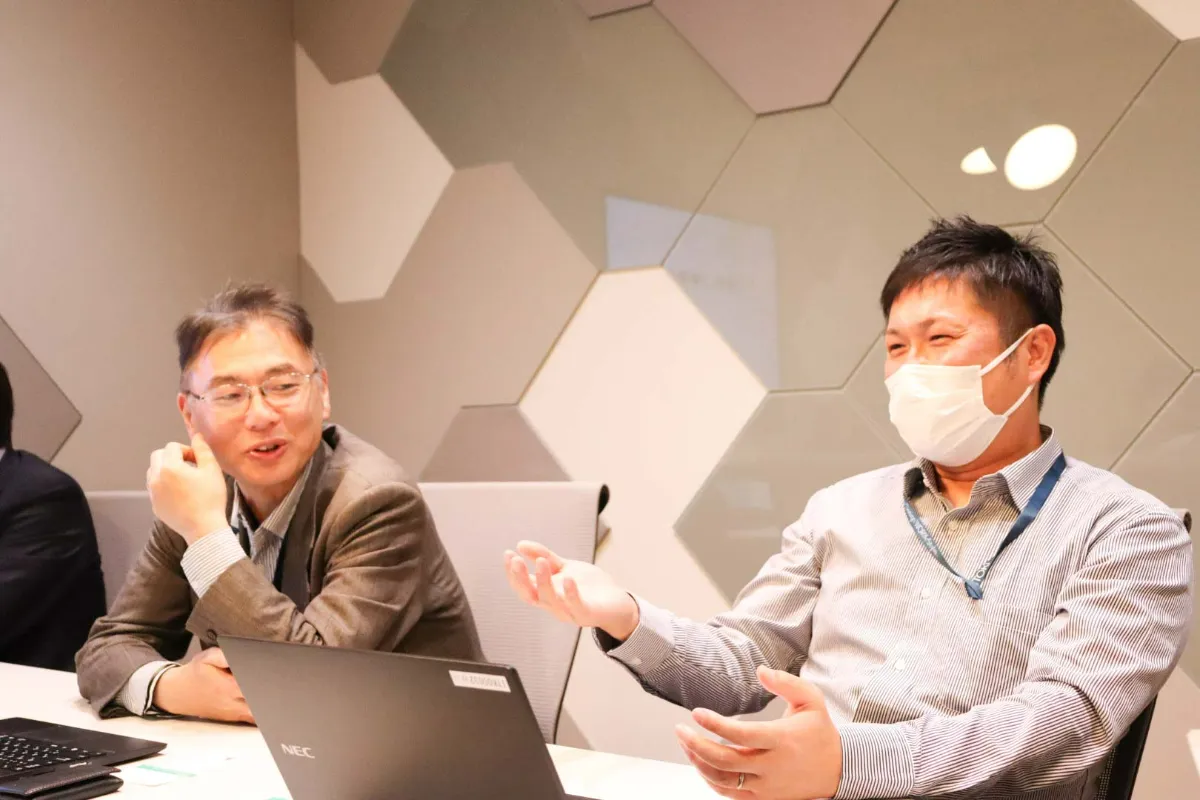
Focusing on the two-driver team system, the KANNA application, which can be completed using a smartphone,
was a good fit. Instant troubleshooting is also possible.
-Now that you have introduced KANNA how effective has it been in solving your problems?
Ms.Iwase: We are in the process of introducing KANNA on a nationwide scale, but we are now operating it only in the Meihan area. After operating on this scale, I feel that the time required for the on-site staff to share information to our sales department and for the sales staff to complete the process, especially for reporting anomalies, has been reduced by a wide margin. Although it is a case-by-case basis, it is not unusual for a case that used to take several days to complete before the introduction of "KANNA" to now be completed within a few hours after the report is generated.

In fact, the move to use KANNA for sharing abnormal reports came from the frontline. We had envisioned using KANNA for information sharing under normal circumstances, and then gradually moving forward with communication when something unexpected occurred, after everyone involved had become familiar with the operation of KANNA. However, we received a request from a person on site that they would like to use KANNA to share reports of abnormalities as well. This was unexpected.
Mr.Kakuno: I feel that logistics and KANNA are more compatible than we had expected. The delivery company that cooperates with our logistics basically employs a two-person team. The veteran driver is mainly in charge of driving and the younger driver acts as his/her assistant. Moreover, since the younger person is the driver, he or she is familiar with the operation of the application.

“KANNA" screen when using the tablet.
Before I used to return to the office from the delivery site and prepare a paper report. After the introduction of KANNA, reports can be completed on an app installed on a smartphone, regardless of the location, and can be shared immediately with the driver's supervisor in the office. Once the supervisor has made a final confirmation and shared it with our sales department, the task as a delivery is complete. This alone eliminates the burden on the driver and saves a lot of time. The people on site who oversee delivery have noticed the high efficiency of KANNA themselves.

Ms.Iwase: There are other ways in which KANNA has exceeded our initial expectations. For example, we often conduct a preliminary inspection of the site before the actual delivery. We also ask our subcontractors to submit a report after the inspection. However, since the report requires photos of the site, we need to take photos taken with a digital camera or smartphone, transfer them to a computer, and paste them into the report. At times, editing work such as resizing and cropping the photos is also required.
With KANNA's report function, however, all photo shooting and report attachment can be completed on the application. Moreover, since chat history is kept for each project, more accurate information can be shared. At the same time, we are beginning to consider the possibility of using KANNA to notify the completion of deliveries for small-scale deliveries that do not require detailed documentation.
-Responding to social trends for more efficient and paperless logistics
I see that you have expanded the scope of your operations based on your experience with KANNA, creating a virtuous cycle. What are your company's prospects beyond this virtuous cycle?

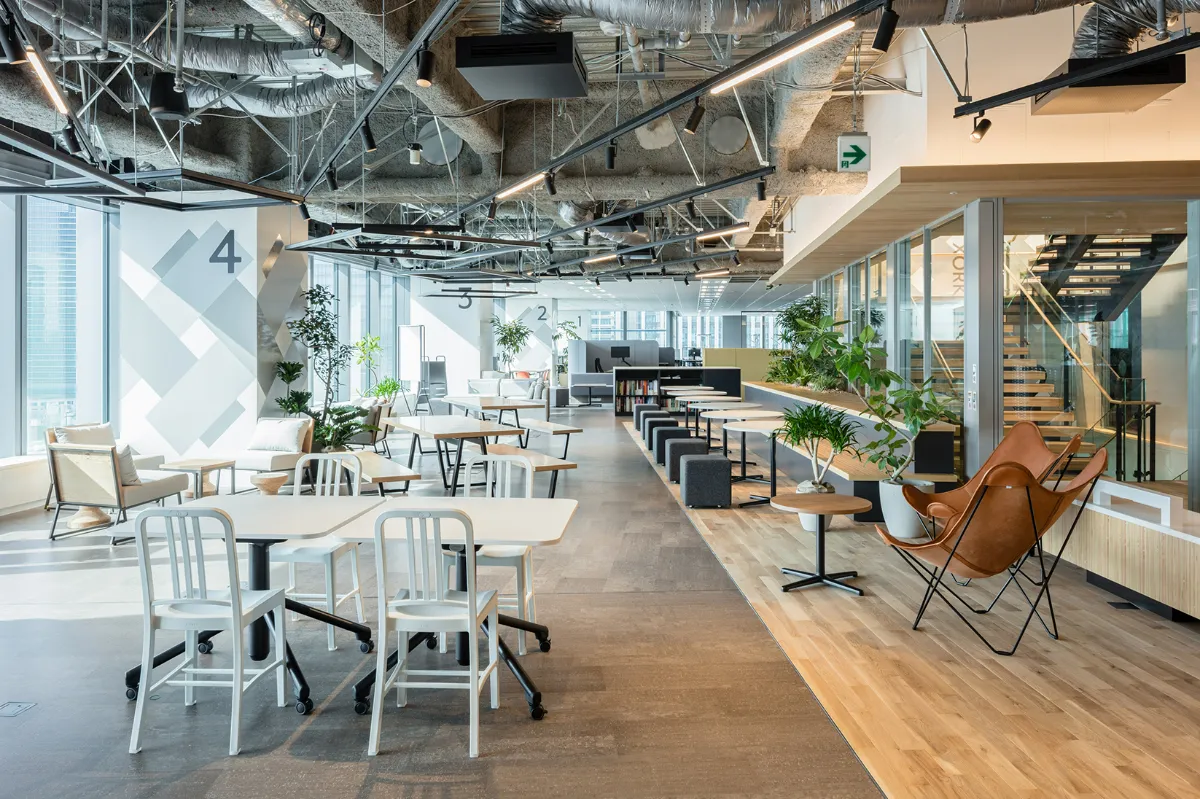
Mr.Kakuno: Regarding KANNA as I mentioned earlier, our priority is to introduce and expand the system nationwide, rather than limiting its operation to the Meihan area. If that happens, we should be able to come up with more ideas for operation, as some people in the field have expressed a desire to use KANNA for anomaly reporting as well.
The opinions of those who see the logistics field from a different angle than we do are extremely valuable. We believe that we will be able to further improve KANNA based on the feedback we receive.

What kind of operation system will be necessary to realize speedier and more accurate information sharing with the help of KANNA? Each time a new voice is raised, we are sure to convey difficult requests to the person in charge of KANNA. However, the person in charge of KANNA will always support you in a companionable manner.
KANNA's support system is not a sales style that says "We'll introduce the system and that's it, you're on your own the rest of the way" but rather, the follow-up after the introduction is very generous. They still hold a meeting once a month, and I look forward to future support from them.
Ms.Iwase: As for the outlook for the logistics sector, we cannot ignore the "2024 logistics problem" that is fast approaching. Shipping and delivery are raw materials. For example, when a delivery is made on time, it may take time to maintain the site and the driver may be asked to stand by. To reduce overtime work for understaffed drivers, efficiency must be improved somewhere.
.webp)
To make logistics operations more efficient, we need to improve the accuracy of information. This is our own role, but we need the power of KANNA to communicate highly accurate information in the most efficient way. Using KANNA to share information also enables us to achieve the urgent issue of paperless operations. We will continue to promote speedy and careful logistics in response to such social trends.
Article published on: August 21, 2025
